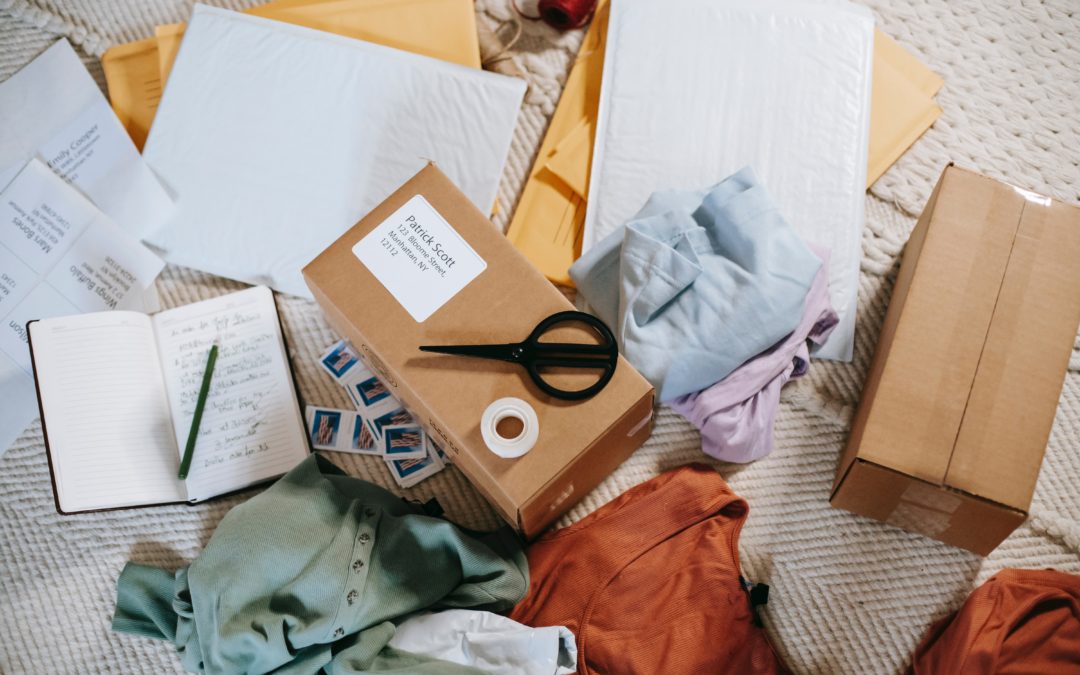The beginning of October means that the holiday season is just around the corner. And, with the holidays, that means an increase in shopping which ultimately leads to more returns, or in other words more holiday waste.
We live in a world where ordering more rather than less is the norm so if something doesn’t work, we ship it right back. And we’ve become accustomed to this approach.
Last year, returns reached a record high after the 2021 holiday season.
- Ecommerce made up 20.9% of total U.S. retail sales in 2021
- This is up 11% compared to 2020
- UPS shared that 21% of adults made a return before Christmas day in 2021
- 60% of people prefer to make a return by carrier rather than in person
Holiday returns are inevitable.
Will 2022’s holiday waste look the same?
Unfortunately, yes.
We are still on an upward trend of holiday waste when it comes to returns rather than a downward trend.
Looking back at 2021 again:
- An estimated 8.75 million packages are returned the first week of January
- 17.8% of merchandise sold is estimated and expected to be returned both online and in-person.
- Returns have increased for 8 consecutive years
Returns are going to continue in ecommerce which is why creating a circular economy becomes that much more important.
“The returns problem is only going to continue increasing this year and in the coming years,” Optoro director of sustainability Meagan Knowlton said in January of this year (2021). “And luckily, quite a number of retailers and brands in the market are recognizing it as a problem, but also as an opportunity.”
Who/what/where suffers the most with returns?
We like to look at this in two ways:
- Your bottom-line
- The environment
Your bottom-line
Naturally, your bottom-line is the first thing that comes to mind when thinking about returns around the holidays.
When more than 15% of merchandise sold is expected to be returned, it impacts your entire supply chain:
- Operational efficiency is impacted
- Warehouse storage becomes a priority
- Products are returned to sit in a warehouse
- Additional employees and management may be needed
- Operational costs increase
- Return labels are needed
- Additional shipping materials may be needed
- Increased transportation costs from stores to warehouses arise
- And, cleaning and repairs join the party…
According to a recent study, in 2021 it cost $33 for retailers to process a $50 return item, a 59% increase over the previous year.
Refunds are really just the start of a retailer’s costs…
The environment
Sustainability goals are inevitable for retailers today.
Returns create a challenge when it comes to your sustainability goals as most become holiday waste and in most cases, additional paper, labels, boxes, bags, etc. may be needed to get your returns back to your warehouse or business by carrier rather than in person.
Even returns in person may use some of these additional items as well as they get transported from your storefront to your warehouse anyway…
According to a 2018 report, returns account for five billion pounds of waste sent to landfills and 15 million tons of carbon emissions every year in the United States.
Cue “reusable packaging”
You’ve heard the phrase “reduce, reuse and recycle” time and time again.
The United States designed its current recycling program over 50 years ago to take on cardboard consumption from retailers. While effective in its day, recycling centers and the planet can’t keep up with the ecommerce influx causing waste and recycling programs.
It just means that we’re focusing too heavily on the latter rather than the former: reducing and reusing.
Reusable packaging takes recycled waste and turns it into something we can use over and over again. And with reusable packaging, there typically comes increased visibility into your supply chain as technology is a forefront of this operation if partnering with the right company.
Retailers can use reusable packaging to:
- Enhance and reach their sustainability goals in reducing:
- CO2 emissions
- Water use
- Land use
- Oil and plastic use
- Increase visibility into your supply chain through sensors that track location, temperature management and consumer behavior
- Increase your triple bottom-line overtime
With holiday shopping and holiday returns just around the corner…
Are you ready to move to a reuse model for your shipping and packaging needs?
Get started with a LimeLoop Reuse Specialist. We’ll discuss your logistics and supply chain needs along with your sustainability goals to strategize what works best for your business.
Get started today.


